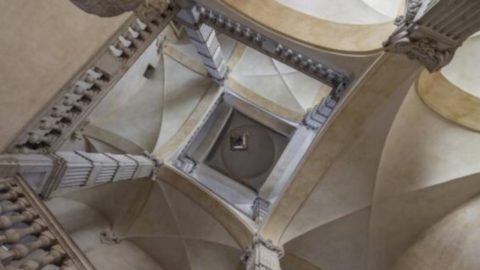Through 70 images, the exhibition tells the way in which a large group of photographers – Paolo Beccaria, Gianni Berengo Gardin, Giancarlo Dall'Armi, Pino Dell'Aquila, Joseph Ferrazzino, Giorgio Jano, Mimmo Jodice, Aldo Moisio, Riccardo Moncalvo, Ernani Orcorte, Augusto Pedrini, Giustino Rampazzi, Daniele Regis, Roberto Schezen – have “looked” at the Baroque, in particular at its architecture, in XNUMXth-century Turin.
The project and the challenge of this exhibition – comment the curators – arise from the need to understand how and to what extent the dialogue with the Baroque architecture of which Turin is rich has prompted the most sensitive photographers to verify and implement descriptive solutions which, overcoming the documentary intention, have progressively assumed a different meaning, more interpretive and critical.
The exhibition Challenge to the Baroque at the Royal Palace of Venaria, CAMERA – Italian Center for Photography presents exposure SEE (the) BAROQUE: work in progress edited by Barbara Bergaglio and Pierangelo Cavanna, open to visitors from the 19 June to the 30 August of Project Room of the center of Via delle Rosine 18 in Turin, and therefore focuses on different ways of photographically describing Baroque architecture, a practice that has accompanied the growth of their critical success and their recognition in the collective imagination. A way of looking that has changed over the years: from the simple descriptive intention for documentary purposes up to the elaboration of refined interpretative tools, marking the transition from simple "baroque photography" to an effective "baroque seeing".
The comparison with the spaces and volumes of the architectures of Guarini, Juvarra and Vittone has prompted, and almost imposed, on these photographers the need to redefine the idea of architectural photography itself, providing the opportunity for a continuous transformation of narrative intentions, which change over time passing from a descriptive functionality to an explicitly interpretative and critical one, in which barocco it is no longer just the object of the shot but connotes the ways in which this object is re-proposed.
Image: © Pino Dell'Aquila





